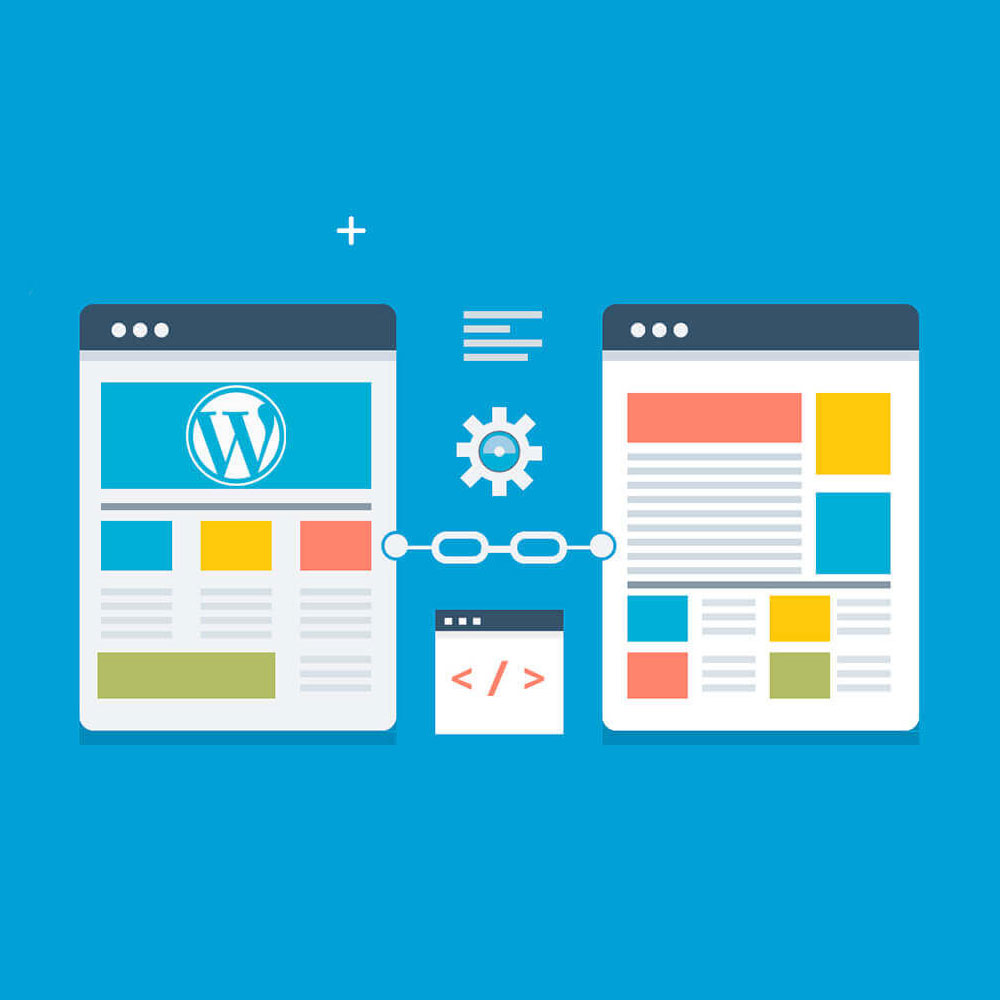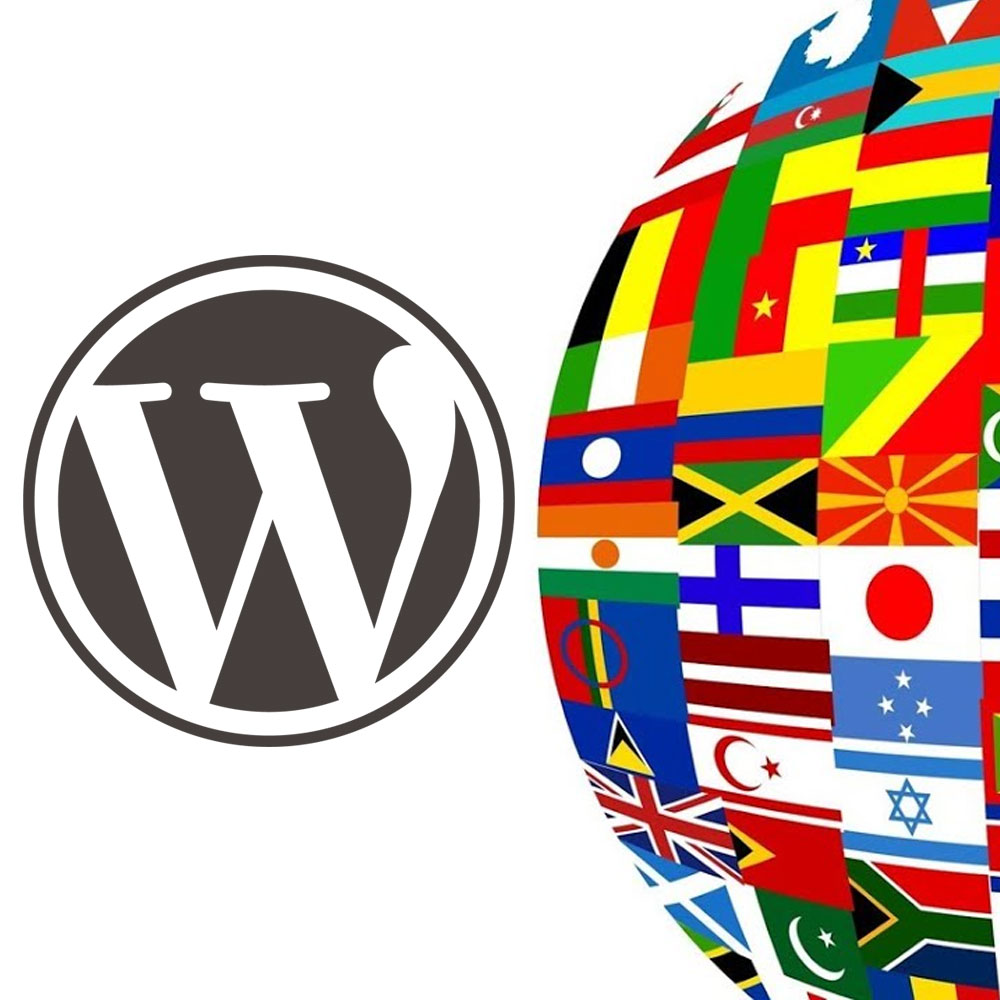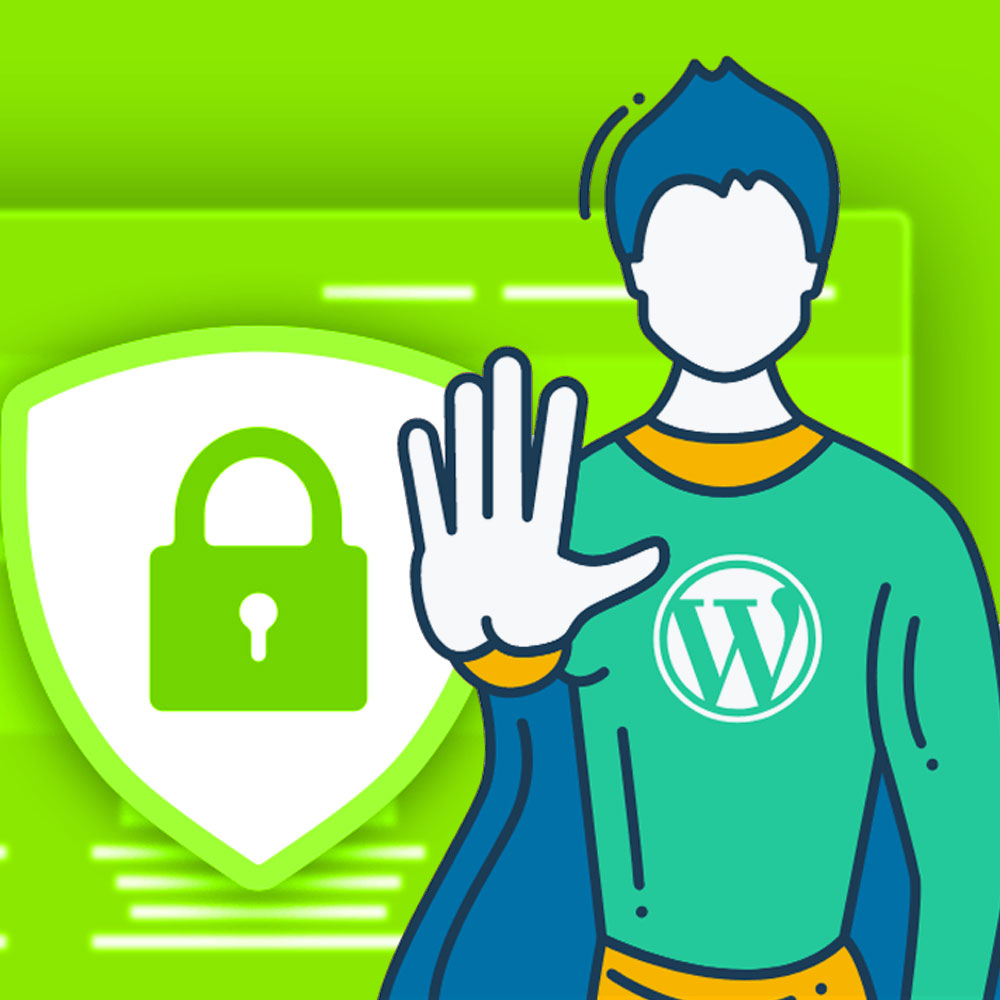
WooCommerce Security: Protecting Your Online Store
The security of online stores is paramount. As an e-commerce business owner, it is crucial to prioritize the security of your WooCommerce store to protect sensitive customer data, prevent unauthorized access, and maintain trust among your online visitors. In this comprehensive WooCommerce Security Checklist for 2023, we will explore essential measures and best practices to ensure the utmost security for your online store. This article is based on insights from top-ranking websites specializing in WooCommerce and WordPress security.
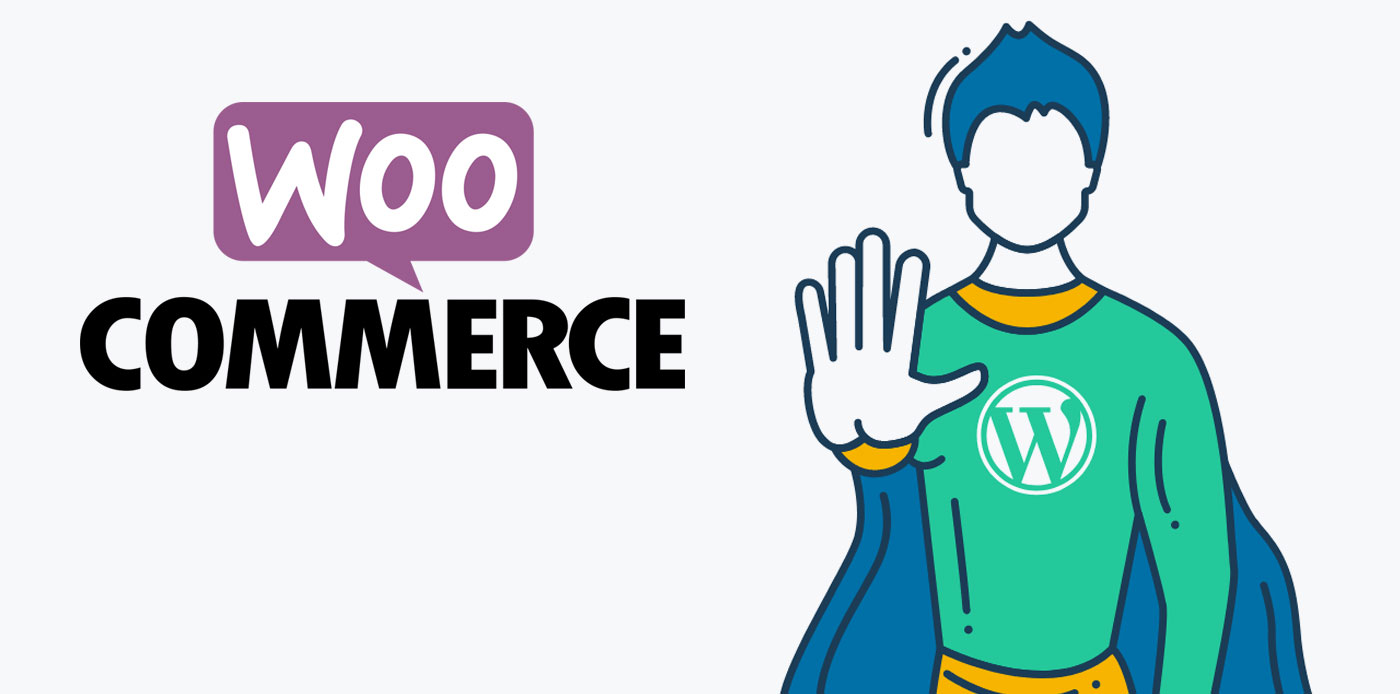
WooCommerce Security: Protecting Your Online Store
The Complete WooCommerce Security Checklist
To fortify your WooCommerce store’s security, we will first delve into the 15-step checklist provided by Jetpack, a leading authority on website security. By implementing these measures, you can significantly enhance the security posture of your online store. Let’s take a closer look at each step:
- Choose a Secure and Reputable Hosting Provider: Start by selecting a hosting provider that specializes in e-commerce security and offers advanced security features tailored for WooCommerce.
- Obtain an SSL Certificate: Ensure that your website has an SSL certificate installed, which establishes a secure connection between your server and customers’ browsers, encrypting sensitive information.
- Create Strong Passwords: Use unique and complex passwords for your WooCommerce admin, hosting account, and any other relevant accounts associated with your online store. Avoid using common passwords or personal information.
- Keep Software Updated: Regularly update your WooCommerce, WordPress, plugins, and themes to stay up-to-date with the latest security patches and benefit from improved security features.
- Implement Regular Backups: Set up automated backups of your WooCommerce store, including databases and files, to safeguard against data loss caused by system failures, hacking attempts, or human error.
- Enable Two-Factor Authentication (2FA): Add an extra layer of security by implementing 2FA, requiring users to provide an additional verification method, such as a unique code sent to their mobile device, along with their password.
- Use Secure Payment Gateways: Choose reputable and trusted payment gateways that prioritize security, utilize encryption protocols, and adhere to industry standards.
- Secure Your Admin Area: Restrict access to your WooCommerce admin area by limiting login attempts, blocking suspicious IP addresses, and enforcing strong password policies.
- Limit Login Attempts: Implement a plugin or security feature that limits the number of failed login attempts, protecting your store from brute-force attacks.
- Disable Directory Indexing: Prevent directory browsing on your server to minimize the risk of exposing sensitive files or directories.
- Protect Your WordPress Configuration Files: Ensure that critical configuration files, such as wp-config.php, are secure and inaccessible to unauthorized users.
- Use Captcha or reCAPTCHA: Implement captcha or reCAPTCHA on forms and login pages to differentiate between human users and automated bots, reducing the risk of spam and unauthorized access attempts.
- Monitor and Audit User Activity: Regularly monitor user activity within your WooCommerce store, including login attempts, order changes, and administrative actions. Set up alerts for suspicious behavior or unauthorized access.
- Secure Your Database: Protect your WooCommerce database by using a unique database prefix, restricting direct access to the database, and ensuring secure database credentials.
- Regularly Test and Update Your Security Measures: Periodically assess and test your security measures, ensuring their effectiveness and adapting to emerging threats. Stay vigilant and proactive in maintaining a secure environment for your online store.
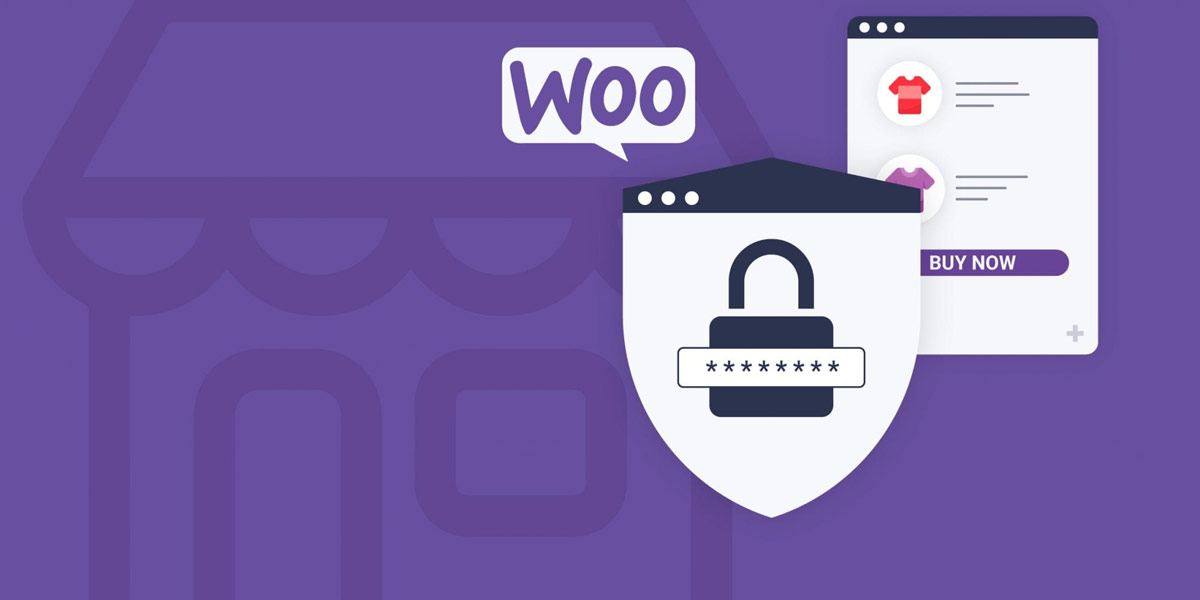
WooCommerce Security: The Complete WooCommerce Security Checklist
Additional Tips for WooCommerce Security
In addition to the checklist provided by Jetpack, let’s explore the complete WooCommerce security checklist provided by Wooninjas, a reputable resource for WooCommerce security. This checklist offers valuable insights and additional tips to further enhance your store’s security. Consider implementing the following measures:
Utilize Security Plugins
Install reputable security plugins specifically designed for WooCommerce. These plugins offer features such as malware scanning, firewall protection, and brute-force attack prevention, bolstering your store’s security defences.
Monitor User Activity
Keep a close eye on user activity within your WooCommerce store. Implement a plugin or security solution that tracks login attempts, user actions, and any suspicious behaviour. This helps detect and respond to potential security breaches promptly.
Secure Payment Gateways
Prioritize the security of your payment gateways. Choose reputable and well-established payment service providers that adhere to strict security standards, offering secure and encrypted transactions.
Regularly Update Plugins and Themes
Stay up-to-date with the latest versions of plugins and themes installed in your WooCommerce store. Outdated or vulnerable plugins can become easy targets for hackers, potentially compromising your store’s security.
Protect Your WordPress Login Page
Strengthen the security of your WordPress login page by adding additional layers of protection. Consider implementing measures such as IP whitelisting, limiting login attempts, or using a login page customizer to obscure the default login URL.
Implement Web Application Firewalls (WAF)
WAFs are essential security measures that analyze and filter incoming traffic to your website. They can detect and block suspicious or malicious requests, adding an extra layer of protection against common attack vectors.
Stay Informed About Security Updates
Regularly check for security updates and vulnerabilities related to the plugins, themes, and core components of your WooCommerce store. Stay informed through official channels, security mailing lists, or by following trusted security blogs and resources.
Educate Your Staff and Users
Train your staff and educate your users about best practices for WooCommerce security. Emphasize the importance of strong passwords, avoiding suspicious links or attachments, and the need to report any security concerns promptly.
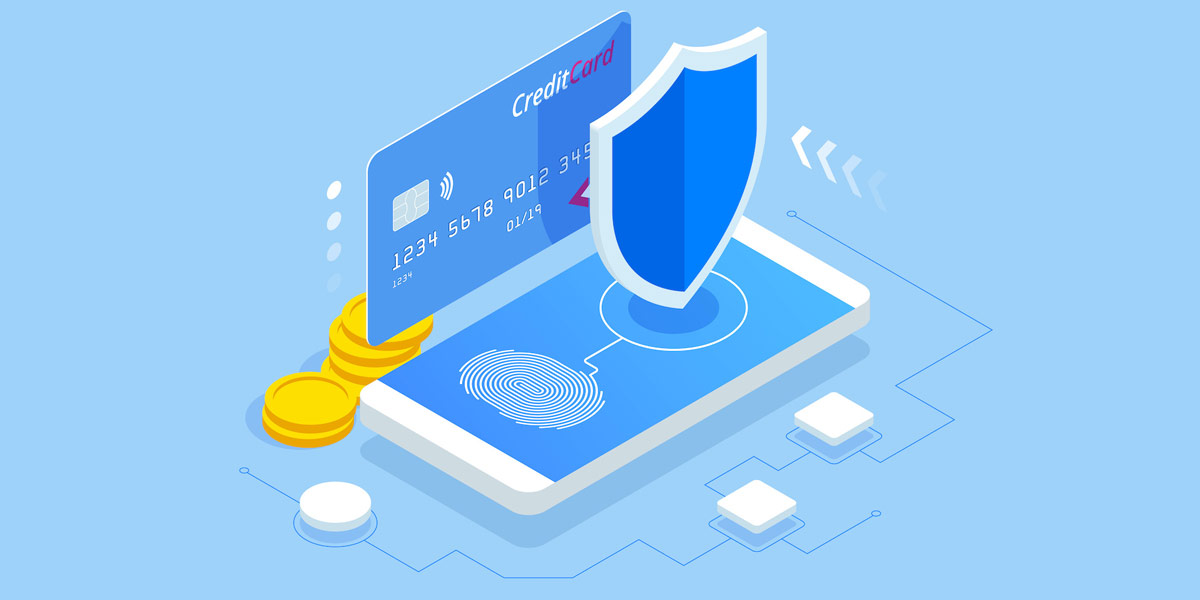
WooCommerce Security: Additional Tips for WooCommerce Security
Best WordPress Security Checklist for 2023
While focusing on WooCommerce security, it is equally important to ensure the overall security of your WordPress website. Seahawk Media, a reputable source for WordPress security, provides a comprehensive WordPress security checklist for 2023. Let’s explore some key points from this checklist:
Regularly Back Up Your Website
Implement a robust backup strategy for your entire WordPress website, including databases, files, and media. Regular backups provide a safety net in case of accidental data loss, hacking attempts, or website malfunctions.
Remove Unused Plugins and Themes
Review your installed plugins and themes regularly, removing any unnecessary ones. Unused or outdated plugins and themes can introduce security vulnerabilities to your WordPress installation.
Include HTTP Authentication
Add a layer of security by implementing HTTP authentication for specific areas of your WordPress website. This ensures that only authorized users can access sensitive sections, such as the admin dashboard or development environments.
Secure File and Folder Permissions
Set appropriate file and folder permissions for your WordPress installation. Restrict write access wherever possible, allowing only the necessary permissions for specific files or directories.
Monitor File Integrity
Regularly scan your WordPress files for any unauthorized modifications or file changes. Utilize security plugins or manual scanning tools to detect any potential compromises.
Enable WordPress Brute-Force Protection
Implement measures to prevent brute-force attacks on your WordPress login page. This can involve limiting login attempts, introducing CAPTCHA or reCAPTCHA challenges, or using a dedicated security plugin.
Implement Content Security Policy (CSP)
Configure and enable Content Security Policy on your WordPress website. CSP helps protect against cross-site scripting (XSS) attacks by specifying which domains and sources can load content on your website.
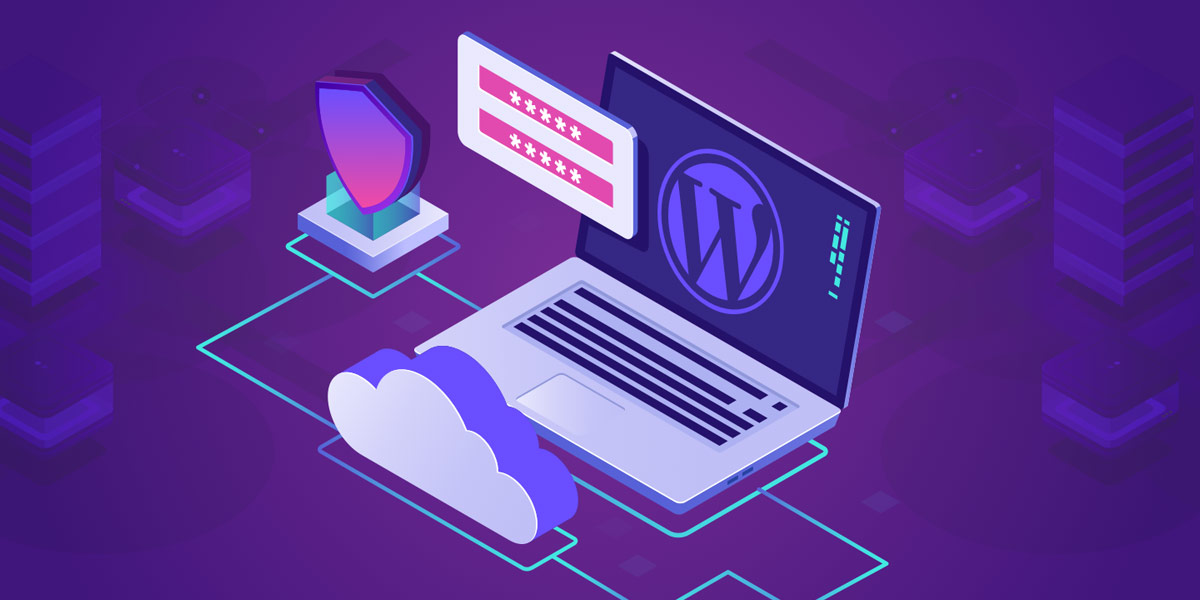
WooCommerce Security: Checklist for 2023
WordPress Security – 19 Steps to Lock Down Your Site
When it comes to securing your WordPress site, following the 19-step WordPress security guide provided by Kinsta can greatly enhance your website’s protection. Let’s dive into each of these steps and explore why they are crucial for fortifying your WordPress security:
- Lock Down WordPress Admin: Implement strong login credentials and restrict access to the WordPress admin area to authorized users only. This helps prevent unauthorized logins and brute-force attacks.
- Two-Factor Authentication: Enable two-factor authentication (2FA) for an additional layer of login security. By requiring users to provide a second form of verification, such as a unique code generated on their mobile device, you can significantly reduce the risk of unauthorized access.
- HTTPS – SSL Certificate: Obtain an SSL certificate and configure your site to use HTTPS. This encrypts data transmitted between your site and visitors’ browsers, ensuring secure communication and protecting sensitive information.
- Hardening wp-config.php: Strengthen the security of your wp-config.php file, which contains sensitive WordPress configuration details. Limit access to this file, disable file editing from the dashboard, and implement proper file permissions to prevent unauthorized modifications.
- Disable XML-RPC: Disable the XML-RPC functionality if you’re not using it. XML-RPC can be exploited by attackers for various malicious activities, including brute-force attacks.
- Hide WordPress Version: Remove or hide the WordPress version number from your site’s source code. Displaying the version number makes it easier for attackers to identify potential vulnerabilities in older versions of WordPress.
- HTTP Security Headers: Configure appropriate HTTP security headers to enhance protection against various types of attacks, such as cross-site scripting (XSS), clickjacking, and MIME sniffing.
- WordPress Security Plugins: Install reputable security plugins that provide features like malware scanning, firewall protection, and login lockdown. These plugins can help detect and mitigate security threats.
- Database Security: Ensure the security of your WordPress database by using a unique database prefix, regularly backing up your database, and restricting database access to authorized users only.
- Secure Connections: Use secure FTP (SFTP) or SSH for file transfers instead of regular FTP. Encrypting file transfers helps protect sensitive data during transmission.
- File and Server Permissions: Set appropriate file and directory permissions to prevent unauthorized access. Restrict write permissions on critical files and directories, while granting read-only access where necessary.
- Disable Editing in Dashboard: Disable the ability to edit theme and plugin files directly from the WordPress dashboard. This reduces the risk of malicious code injection or accidental modifications.
- Prevent Hotlinking: Prevent others from directly linking to your site’s files, such as images, by configuring hotlinking protection. This helps preserve server resources and prevents content theft.
- Always Take WordPress Backups: Regularly back up your WordPress site to ensure you have a copy of your data in case of any security incidents or website issues. Store backups securely in an off-site location.
- DDoS Protection: Implement DDoS protection measures, such as using a content delivery network (CDN) and implementing rate-limiting rules, to mitigate the impact of distributed denial-of-service attacks.
- Invest in Secure WordPress Hosting: Choose a reputable hosting provider that specializes in WordPress security. Look for features like server-level protections, regular security audits, and strong infrastructure to defend against attacks.
- Remove Unused Plugins and Themes: Uninstall any unused plugins and themes from your WordPress site. Outdated or unused software can be targeted by attackers, so it’s important to keep your site lean and up-to-date.
- Include HTTP Authentication: Add an additional layer of password protection to your WordPress site using HTTP authentication. This provides an extra barrier for accessing your site’s content and admin area.
- Keep WordPress Core Files Updated: Regularly update your WordPress core files to the latest stable version. Updates often include security patches that address vulnerabilities and protect your site from known threats.
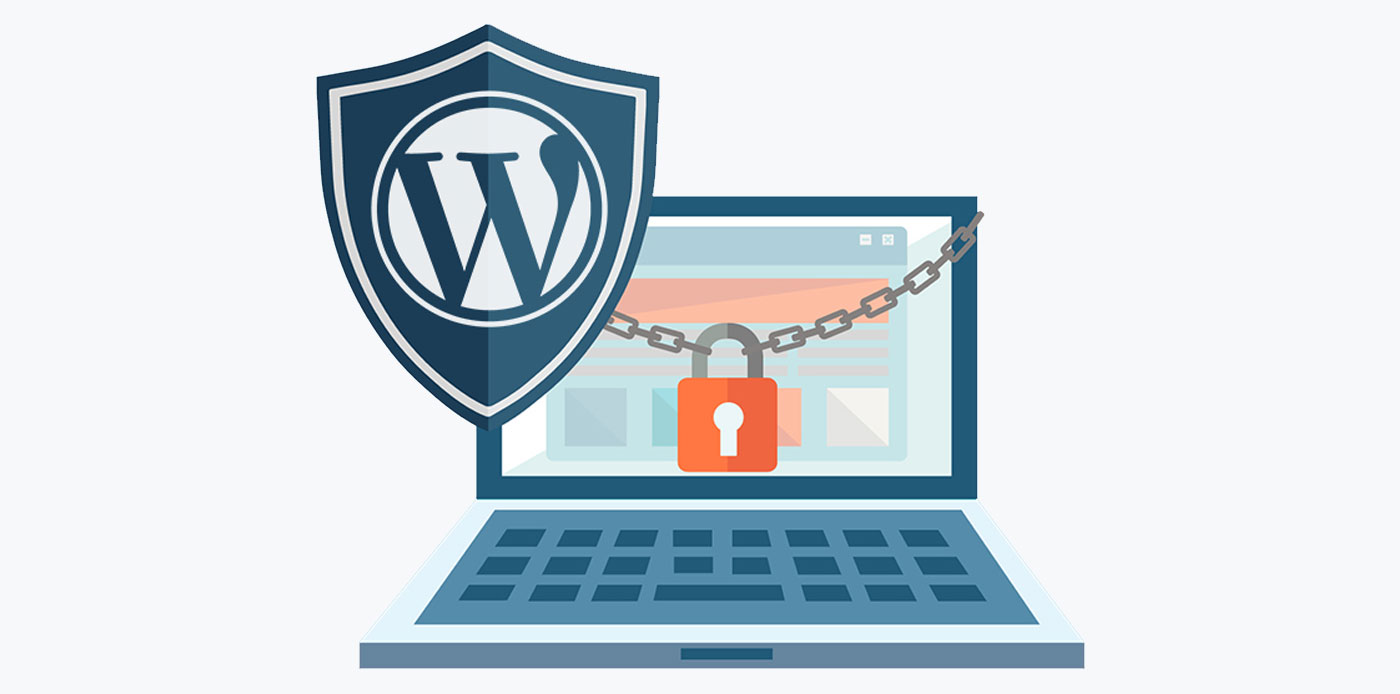
WooCommerce Security: 19 Steps to Lock Down Your Site
Conclusion
In conclusion, prioritizing the security of your WooCommerce store is crucial for the success and trustworthiness of your online business. By following the WooCommerce Security Checklist for 2023 and incorporating the additional tips and best practices discussed, you can fortify your store’s security posture, safeguard customer data, and protect your online reputation.
Remember to choose a secure hosting provider, obtain an SSL certificate, implement strong passwords, regularly update software, utilize security plugins, and back up your website consistently. Stay informed about the latest security trends, regularly audit and test your security measures, and educate your staff and users about best practices.
By implementing a robust security strategy and staying proactive, you can ensure the long-term success of your WooCommerce store in the ever-evolving digital landscape.
FAQs
What is WooCommerce security?
WooCommerce security refers to the measures and practices implemented to protect a WooCommerce store from unauthorized access, data breaches, and malicious activities. It involves securing the website, customer data, payment transactions, and overall online store infrastructure.
Why is WooCommerce security important?
WooCommerce security is crucial to protect sensitive customer information, maintain the trust of your customers, and safeguard your online business. A secure WooCommerce store ensures the confidentiality, integrity, and availability of data, prevents financial loss, and preserves your brand reputation.
What are the basic security measures for a new WooCommerce store owner?
For new WooCommerce store owners, some essential security measures include choosing a reputable hosting provider, installing an SSL certificate for secure communication, using strong passwords, regularly updating software, and implementing security plugins.
How can I choose a reputable host for my WooCommerce store?
When selecting a hosting provider for your WooCommerce store, consider factors such as reputation, uptime guarantees, server security measures, customer support, scalability options, and reviews from other WooCommerce users.
What is an SSL certificate and why is it important for my WooCommerce store?
An SSL (Secure Sockets Layer) certificate encrypts the communication between your WooCommerce store and your customers’ browsers, ensuring secure data transmission. It is crucial for securing sensitive information, such as customer personal data and payment details, and for establishing trust with your customers.
What are the best WooCommerce security tips to protect my online store?
Some effective security tips for your WooCommerce store include using strong passwords, regularly updating plugins and themes, implementing security plugins like malware scanners and firewalls, monitoring user activity, securing payment gateways, and staying informed about the latest security practices.
How can I ensure my WooCommerce website protection?
To ensure WooCommerce website protection, you should implement a combination of security measures, such as regular backups, using secure hosting, enabling two-factor authentication, implementing a web application firewall, staying updated with security patches, and conducting security audits.
What is PCI-DSS compliance and how does it relate to WooCommerce security?
PCI-DSS (Payment Card Industry Data Security Standard) compliance is a set of security standards that must be followed by businesses handling credit card transactions. WooCommerce store owners need to ensure PCI-DSS compliance when processing payments to protect customer cardholder data and maintain secure payment processing.
How secure is WooCommerce compared to other e-commerce platforms?
WooCommerce is a widely used and trusted e-commerce platform that prioritizes security. It offers robust security features, a large community of developers constantly improving security measures, and the ability to implement additional security plugins. However, the overall security of any platform depends on various factors, including how well it is maintained, updated, and secured by the store owner.
What are the steps to secure my WooCommerce store in 2023?
To secure your WooCommerce store in 2023, you should follow a comprehensive security checklist that includes measures like choosing a secure hosting provider, implementing SSL encryption, using strong passwords, regularly updating software, installing security plugins, monitoring user activity, and staying informed about the latest security practices.

With over two decades of web design and development expertise, I craft bespoke WordPress solutions at FallingBrick, delivering visually striking, high-performing websites optimised for user experience and SEO.



